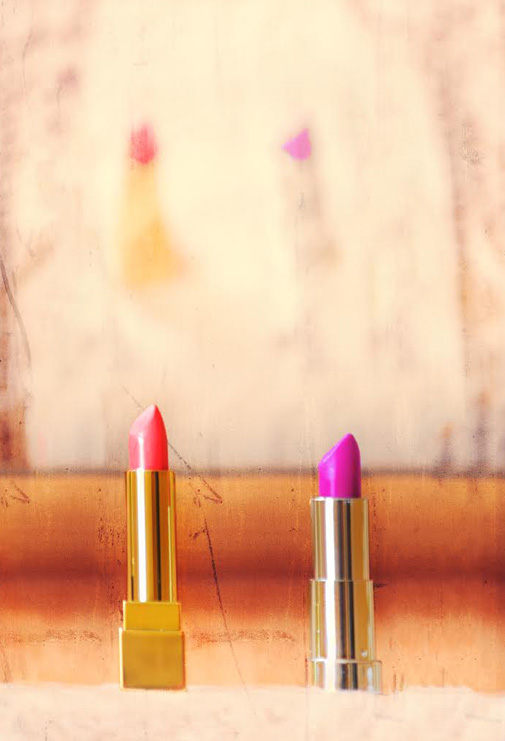- Vol. 02
- Chapter 04

Liberation
In 2007, on my first assignment to Kabul, a woman at the office where I worked asked me for nail polish. Her skin was weathered and her clothes worn. We couldn’t communicate in any common language except perhaps the universal language women speak. She pointed to my painted nails, then to her nails. The next day she had her red nail polish.
As a journalist, I was based in Afghanistan for 18-months (over a four-year period), and during this time the ‘issue of women’ became something of a passion for me. I wanted to write about the suffering so many women endured because of endemic domestic violence. I wrote about why they stayed and the diabolical circumstances that conspired to keep them in homes and with families that abuse them.
The explanations are, of course, complicated, and one reason is that the solution is often no better than the problem. If women are illiterate, which almost 90 per cent in Afghanistan are, unskilled, dependent, leaving can mean total alienation where they are separated from their children, ostracised by their communities and rejected by families who do not want them back. Luckily, there are some safe houses, but that is also only a temporary solution.
The moment the woman in Kabul asked me for nail varnish, which was banned under the Taliban, I felt a sense of kinship because lipstick for me, rather than nail polish, provides my protection against the world. I am never without it.
In southern Afghanistan, in ultra-conservative provinces like Helmand and Kandahar, women seem like an illusion, more shapes and shades than flesh and blood, their presence only hinted at by the fleeting glimpse of a blue burqa.
Liberation
In the north, though, the feeling is less austere, and women are on the streets, so when I went up to Mazar-e-Sharif to do a story on terrorism, I took the opportunity to visit the beautiful Blue Mosque and walk around the large grounds.
While I was there, three women in white burqas approached. They nudged forward a small, hesitant child armed with a rose, which he presented to my colleague, an American soldier. It was such an unexpected and kind gesture. I have preserved the memory and the rose, but what sticks out in my mind are thirty highly polished toes that poked out from under their sandals.
During the April 1945 liberation of Bergen-Belsen, the Nazi concentration camp, a consignment of lipstick was somehow sent along with medicine and other crucial supplies. It was a camp where everything had been geared toward death. There were piles of corpses, hundreds dying of disease and starvation, and the skeletal survivors. And women without anything, including clothes, wearing red lipstick.
In his diary, British Lieutenant Colonel Mervin W. Gonin, wrote, “At last someone had done something to make them individuals again, they were someone, no longer merely the number tattooed on the arm. At last they could take an interest in their appearance. That lipstick started to give them back their humanity.”
It’s a powerful symbol whether you interpret it as the need for humanity or individuality. Lipstick was liberation and hope.
Heidi Kingstone is the author of 'Despatches from the Kabul Cafe', a memoir of her time in Afghanistan.
